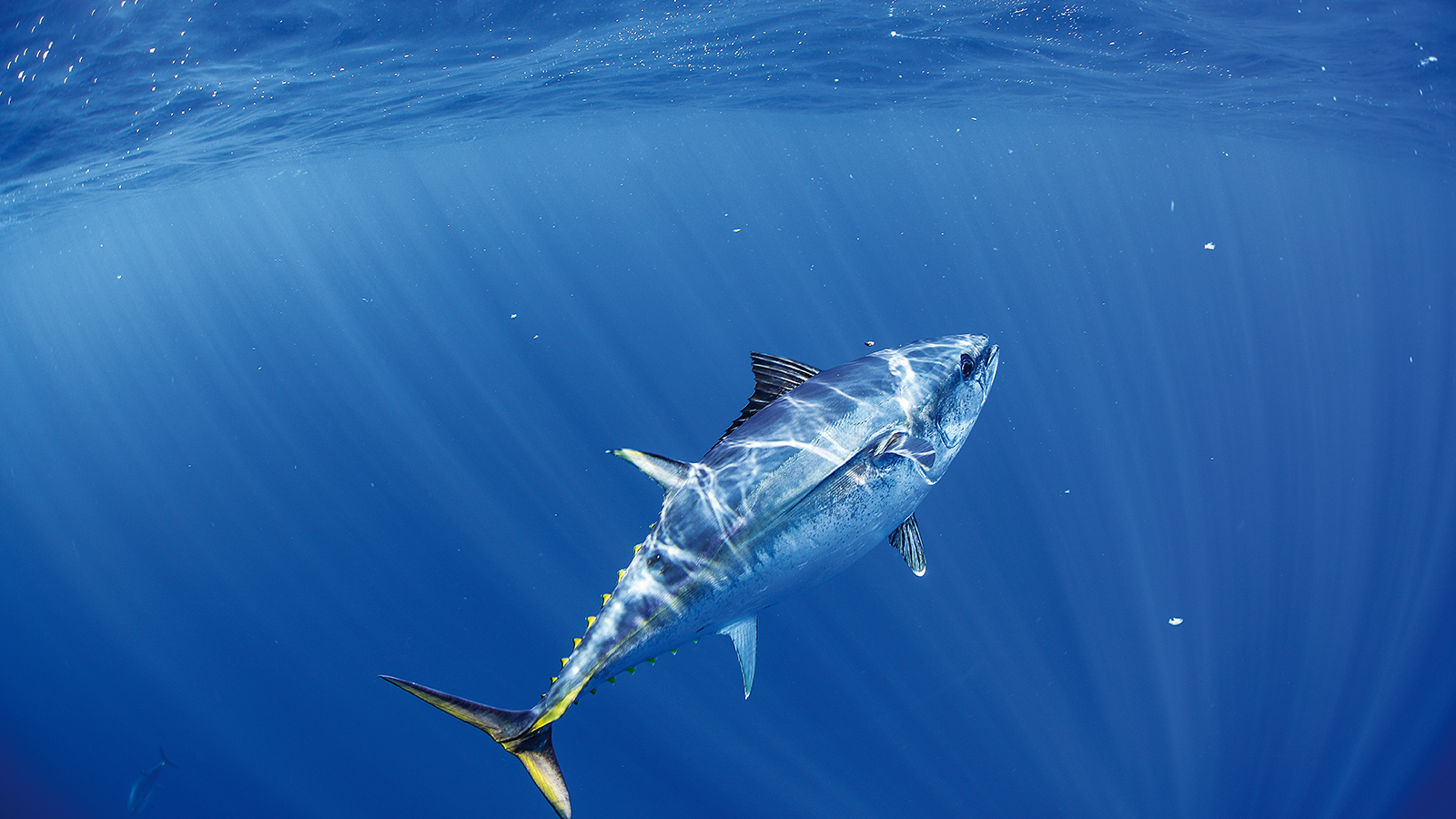As specified in the FRDC call for proposals, there is a need for AFMA, its advisory committees and the ETBF industry to gain a much stronger understanding of past, current and potential future oceanographic and environmental impacts upon (i) the spatial and temporal distribution and level of ETBF catches, catch rates, fishing effort and fish sizes (particularly those indicators used in the ETBF harvest strategy), and (ii) the interactions between focal species in the ETBF with domestic (e.g. recreational) and international fisheries. We have established relationships with regional partners, and pending endorsement, which will allow comprehensive collation of catch and tracking data for the focal species, such that habitat models for the whole region can be developed. This will permit hypotheses about movement of fish cohorts into the Australian region, and movements of these fish within the Australian EEZ to be tested.
This proposed research is needed to ensure the effectiveness (note, the ETBF already has a developed HS) and further development of appropriate management arrangements, including harvest strategies and resource sharing arrangements. It will complement current genetic research into stock structure and connectivity, with implications for harvest strategies and potentially Australia’s position on key management issues and approaches being considered or developed in the Western and Central Pacific Fisheries Commission (WCPFC). By collating data from the countries in the south-west Pacific Ocean and New Zealand regions, we will seek to understand patterns in regional abundance. Importantly, this project will provide insights into potential long term changes in the ETBF that may result from climate change, and deliver forecasting capability on seasonal and decadal time scales. We will identify the influence of any large scale oceanographic drivers on availability of these key species in Australian waters, such as the strength of the East Australia Current, or the teleconnections resulting from ENSO events.








